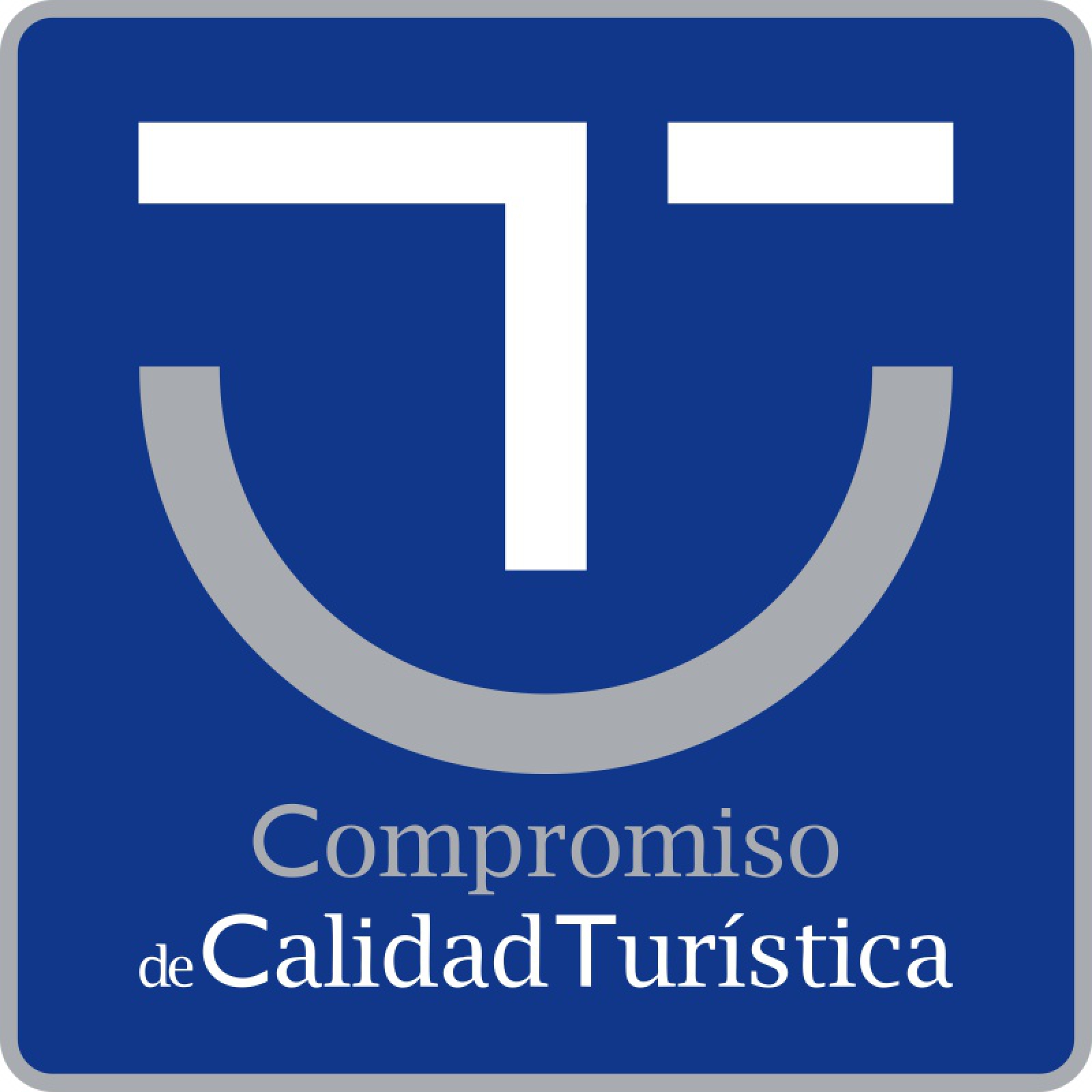Combarro is a small village situated on the edge of the Pontevedra estuary. Its unique beauty has made it one of Galicia’s most stunning villages. Its architecture, history and people make this a wonderful place to visit for a day, or even several days.
In this post, we want to tell you about the charms of this place and how to get there, so you can travel there and discover it for yourself.
Combarro, a village full of charm
Combarro is a small and charming village which, due to its spectacular beauty, has captured the attention of its visitors in recent years.
This stunning village is basically divided into two areas: the leisure port and the historic quarter. In the leisure port, you can find a (small) parking area where you can leave your vehicle. From there, you will be able to start your journey on foot.
After walking along the port’s promenade, you reach Plaza de Chousa, where you will find the first granaries (hórreos) and some restaurants where you can enjoy something to eat by the sea. Further along, walking along Calle San Roque, you will reach the beautiful Church of San Roque, built in 1868. Near this street, you will also find the picturesque Plaza da Fonte, where you can see a cross with the image of Our Lady of Mercy ( Virgen de la Piedad) dating back to 1721, and a public fountain.
Through these streets, you can reach the popular Rúa do Mar, which is the street that runs in parallel to the Pontevedra estuary. There you will find the line of 20 traditional Galician granaries or ‘hórreos’ looking out towards the sea, and which have made this place so popular. On this street, you will also find a plethora of souvenir shops and great restaurants in which to enjoy the area’s typical cuisine. You will also have an opportunity to discover the fishermen’s houses of the village. These are made of granite, with small porticoes and large balconies facing the sea.
At the end of the promenade, almost where the village ends, you will find Playa do Padrón beach. At low tide, you will see people enjoying the beach. We encourage you to go down to the beach and enjoy the walk as, from there, you can enjoy a wonderful panoramic view of the village and its traditional granaries.
Walk among traditional Galician granaries by the sea
In the beautiful historic site of Combarro, the traditional granaries (hórreos) and stone crosses (cruceiros) are the main protagonists. Once in the village, what will attract your attention more than anything is the 60 traditional granaries, distributed around the village and, particularly, the 30 that are situated on the shores of the Pontevedra estuary, since they create the most excitement.
The granaries are traditional architectural elements that were used in Galician rural houses as a granary or pantry. They are common in the villages of Galicia, but also in rural areas of Asturias. They are built from stone and wood, and have pillars that raise them from the ground, to prevent rodents from climbing into them.
Combarro’s traditional granaries are built from granite, like most of the houses you can find in its historic quarter. Those situated by the estuary were once used to store and move materials or products along the water. These granaries offer a unique panoramic view of the village and are, without a doubt, its greatest attraction.
Another formal Galician element that is notable in Combarro are the famous stone crosses or ‘cruceiros’. These religious structures are located on street intersections and usually feature the figure of the crucified Christ on one side and the figure of the Virgin on the other. Some of the crosses in Combarro have a small stone table on the side which was built as an altar for the Corpus Christi procession.
How to get to Combarro
Combarro is situated in the municipality of Poio in the Province of Pontevedra on the north coast of the Pontevedra estuary. It takes between 30 minutes and 2 hours to get there from Galicia’s main cities, depending on the city you are arriving from. The nearest city is Pontevedra, which is about 18 minutes away (8.1km) along the PO-308. The next nearest city is Vigo, from which you should take the AP-9 to Pontevedra and, from there, continue to Combarro along the VG-4.8.
If you want to get to Combarro from Santiago de Compostela, it will take you around 50 minutes. And from Coruña, you will need to travel for an hour and a half, passing Santiago.
However, if you are staying in Ourense or Lugo, you need to take other routes to get there. From Ourense, the journey takes an hour and a half, and from Lugo, it will take around two and a half hours.
Now you know what to see in Combarro and how to get there, book a weekend to discover one of the country’s most beautiful villages. And, while you’re there, sail along Galicia’s wonderful Rias Baixas.
If, when you visit Combarro, you decide to stay for a few days to get to know the area, we recommend you take a trip to the Island of Tambo, where you can take a short trip with our team of guides and discover its history. Similarly, if you enjoy natural areas, we also recommend you discover the Island of Ons and the Cíes Islands. Specifically, we travel to the island of Ons during the high season, and tickets to visit this port are extremely limited, so you should book well in advance. To visit the Cíes Islands from any port near Combarro, you can go from Portonovo or Sanxenxo. You can travel to these three places with the Mar de Ons ferry company all year round.




